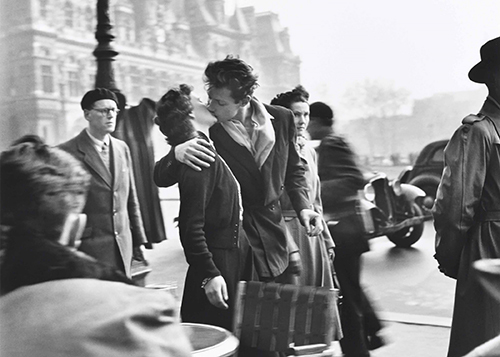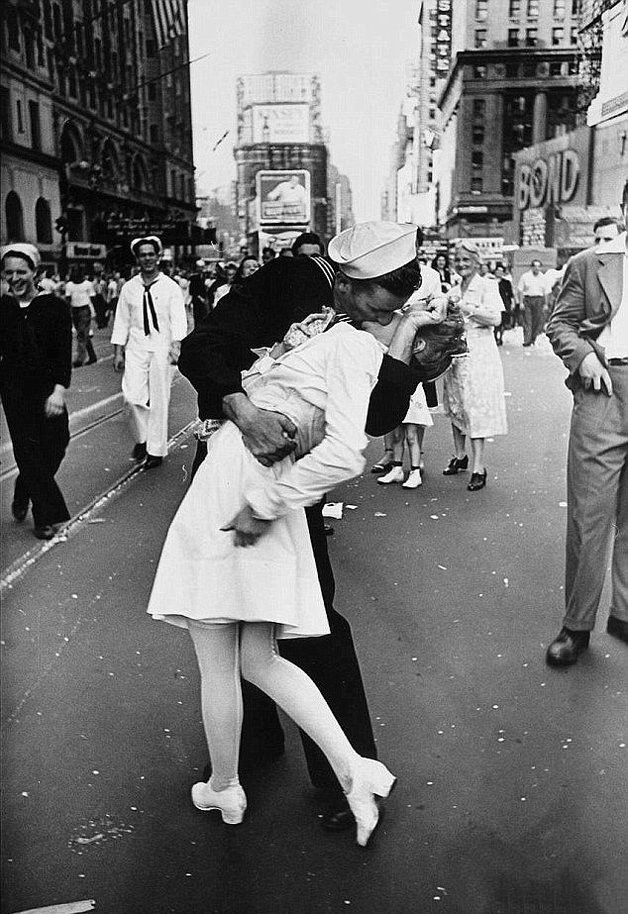article
Sguardo Archive - Digital Edition
Jan 23, 2024

G
one are the days of stiff studio poses. Today’s photographers seek the beauty in chaos: a mother’s tired smile as she comforts a crying infant, unbrushed hair glowing in morning light, or wrinkled bedsheets framing a quiet moment of connection. These “flaws” become the soul of the narrative.
How do photographers use images to tell stories? What are the elements and techniques that make a photo story compelling and effective?

©Charles Brittin, “Activists picketing at a demonstration for housing equality while uniformed American Nazi Party members counterprotest in the background with signs displaying anti-integration slogans and racist epithets” (near Los Angeles, 1963) (courtesy Getty Research Institute)
How do photographers use images to tell stories? What are the elements and techniques that make a photo story compelling and effective?

The key to creating a good photo story is to have a clear vision of what you want to say, and how you want to say it. You need to choose a topic that interests you, and that you can explore in depth. You need to research your subject, and find out the facts, the context, and the perspectives that are relevant to your story. You need to plan your shots, and decide what angles, compositions, and lighting will best convey your message.

©Fredrik Lerneryd
Photography is a powerful tool for storytelling, but it is also a challenging and rewarding art form. By creating photo stories, you can express yourself, communicate your ideas, and make a difference in the world. 📷

©Robert Doisneau
A photo story is not only a product, but also a process. You need to share your story, and get feedback from your peers, your mentors, and your audience. You need to evaluate your story, and reflect on your strengths and weaknesses. You need to improve your story, and refine your skills and techniques.
©Ansel Adams
A photo story is not just a collection of images, but a coherent and cohesive whole. You need to edit your images, and select the ones that best fit your story. You need to arrange your images, and create a logical and emotional flow that guides the viewer. You need to caption your images, and provide the necessary information and context that will enhance your story.

©Alfred Eisenstaedt
But you also need to be flexible, and ready to adapt to the situations and opportunities that arise. You need to be curious, and open to discovering new things and new people. You need to be respectful, and sensitive to the cultures and emotions of your subjects. You need to be ethical, and honest about your intentions and your methods.
